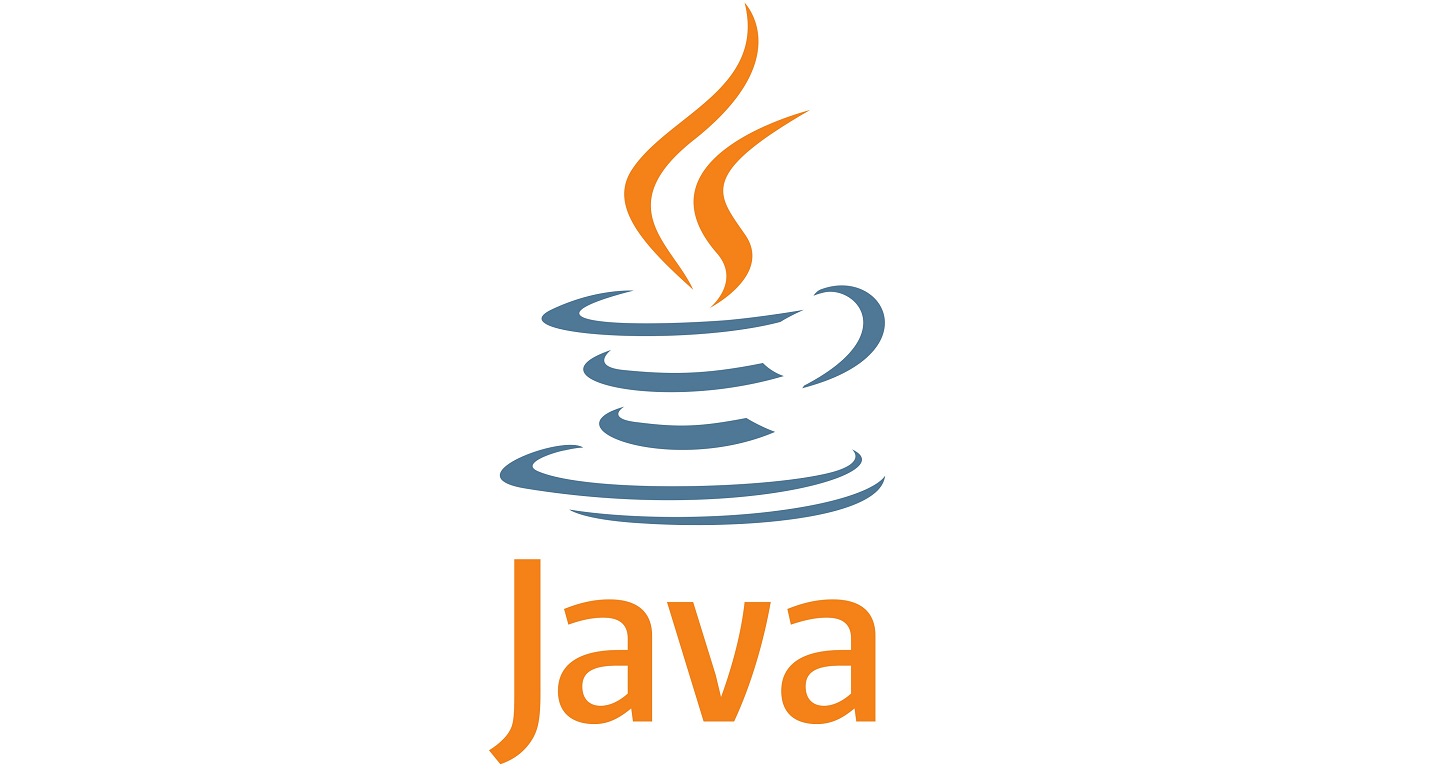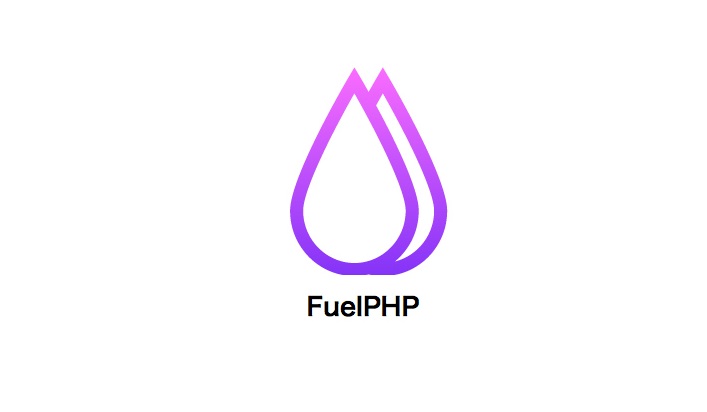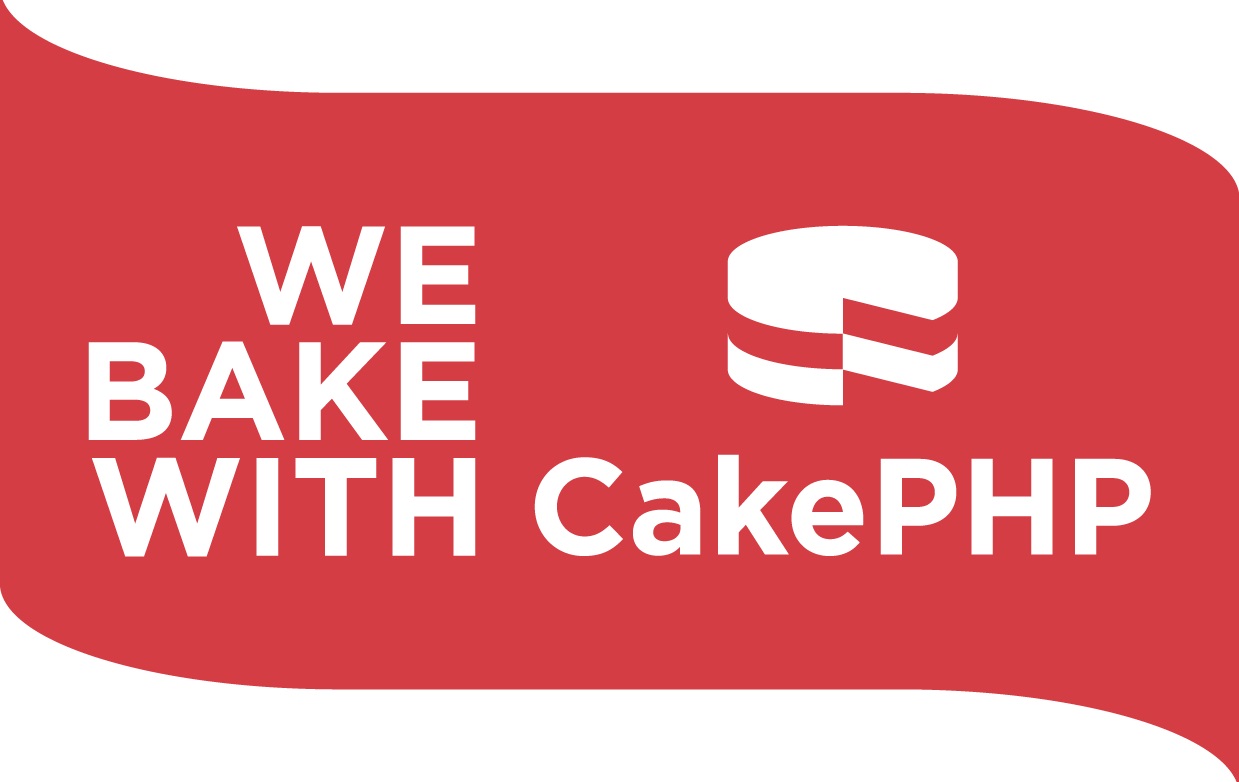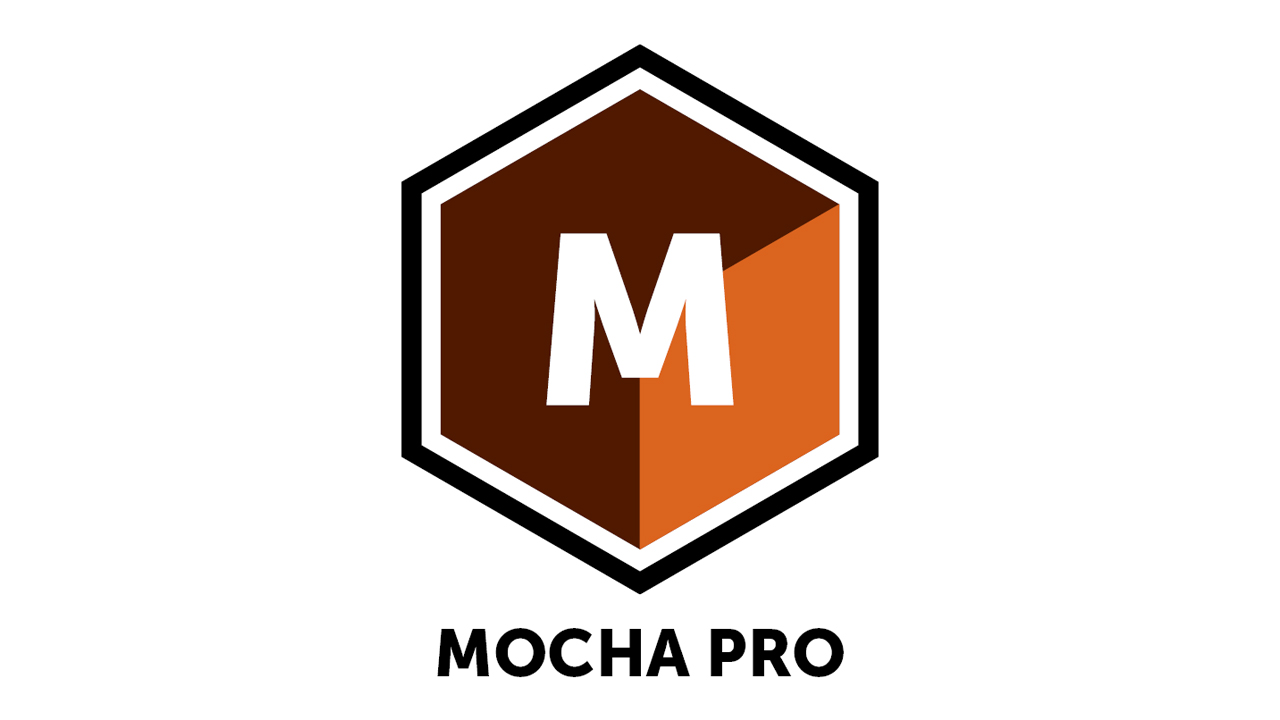Java programming language: A comprehensive insight into one of the most powerful languages in software development
Published

Published

RemoteScout24 · Published 2023-06-25 14:01:01.0
RemoteScout24 · Published 2023-06-25 14:01:01.0
RemoteScout24 · Published 2021-12-28 21:54:16.0
RemoteScout24 · Published 2021-12-28 21:54:16.0



